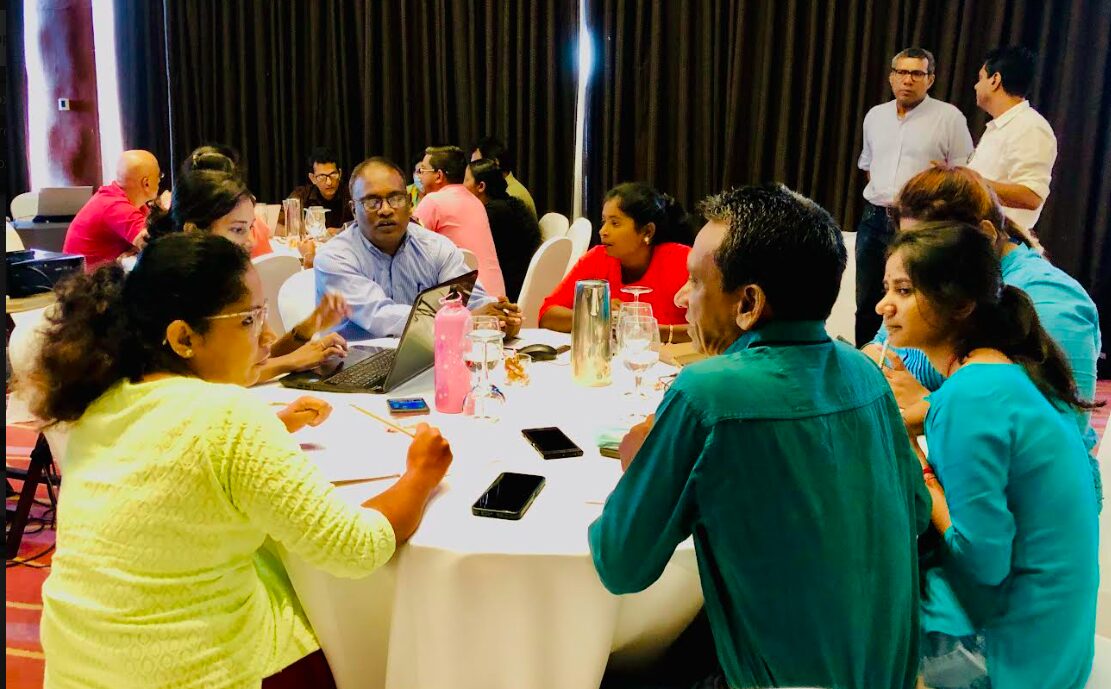
The project primarily focuses on addressing the root causes of conflict and preventing the escalation of local disputes by enhancing Alternative Dispute Resolution (ADR) capacity to mediate community-level grievances. It aims to support the development and implementation of inclusive, culturally sensitive, and accessible local mediation systems. The significance of this approach lies in its potential to foster sustainable peace and harmony at the grassroots level, directly addressing the root causes of the conflicts plaguing the region.
Through field visits and needs assessments, we identified capacity gaps among key stakeholders involved in existing dispute resolution mechanisms, including conflict analysis, community mobilization, non-violent communication, and dialogue facilitation skills. Six civil society organizations (CSOs) across target districts will play crucial roles in project implementation, organizing consultations, and connecting marginalized groups. These partners will receive specific terms of reference, collaborate in identifying key community members and actors, and facilitate support and participation. Overall, the project seeks to empower local communities and key stakeholders, ultimately contributing to more effective dispute resolution mechanisms and community cohesion. Collaboration with existing structures, such as Divisional Reconciliation Forums and Inter-religious Communities, aims to ensure local ownership and sustainability.
Context
In the aftermath of Sri Lanka’s prolonged civil war, the nation faces interlocking economic and governance crises that underscore deep-seated divisions and biases among communities. A prevailing trust deficit exacerbates these challenges, while the legacy of the conflict has fostered a culture of seeking undue political support. The government crackdown on the ‘Aragalaya’ movement highlighted systemic discrimination, linked to the economic crisis and sociopolitical grievances. The COVID-19 pandemic compounded vulnerability, especially among marginalized groups. The overall climate of socioeconomic inequality further exacerbates their vulnerability to internal and external shocks. Within this context, marginalised communities continue to face localised challenges that necessitate creative, innovative, and inclusive cross-cultural consultation, mediation, and action. It is crucial for non-state actors to address these local-level issues adequately and in a coordinated manner. This requires a multifaceted approach that addresses both the structural factors and the cultural norms that sustain them.
Activities and methodology
1. Community Outreach, Dialogues, & Updated Needs Assessment: Conduct outreach activities to engage marginalized groups in 6 target districts, facilitating community dialogues to address local disputes, and updating needs assessments.
2. Creation of a Guidebook on Inter-Group ADR: Develop a guidebook in collaboration with target CSOs, offering ADR strategies and tools for inter-group conflicts. The guidebook will be accessible in English and local languages and shared digitally.
3. Civil Society ADR Capacity Building: Organize multi-day trainings on mediation, ADR mechanisms, and inter-religious dialogue for target CSOs. These trainings will equip participants with skills to lead outreach and dialogue initiatives in their respective districts.
4. District and Division ADR Forums: Establish inclusive ADR forums in 12 target divisions, emphasizing diverse community representation. These forums will address conflict trends and coordinate responses with relevant stakeholders at district and divisional levels.
5. Small Grants Initiatives: Provide small grants to divisional ADR forums to fund local initiatives addressing identified conflicts. The initiatives will promote ADR awareness, inclusivity, and community-led conflict analysis.
6. Awareness Campaigns: Launch awareness campaigns led by youth journalists to educate communities about ADR benefits. These campaigns will involve media production and dissemination across diverse platforms to reach broad audiences.


